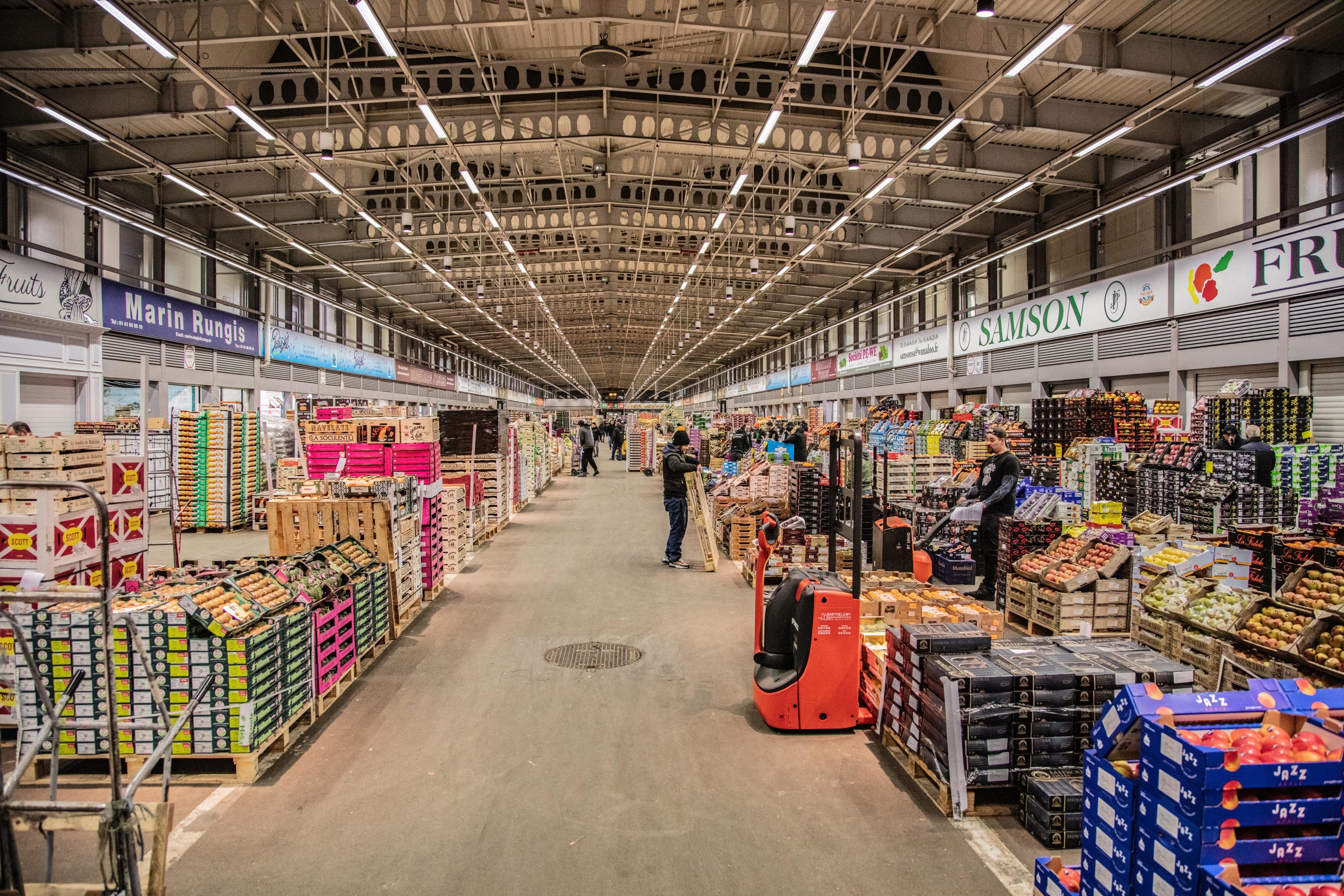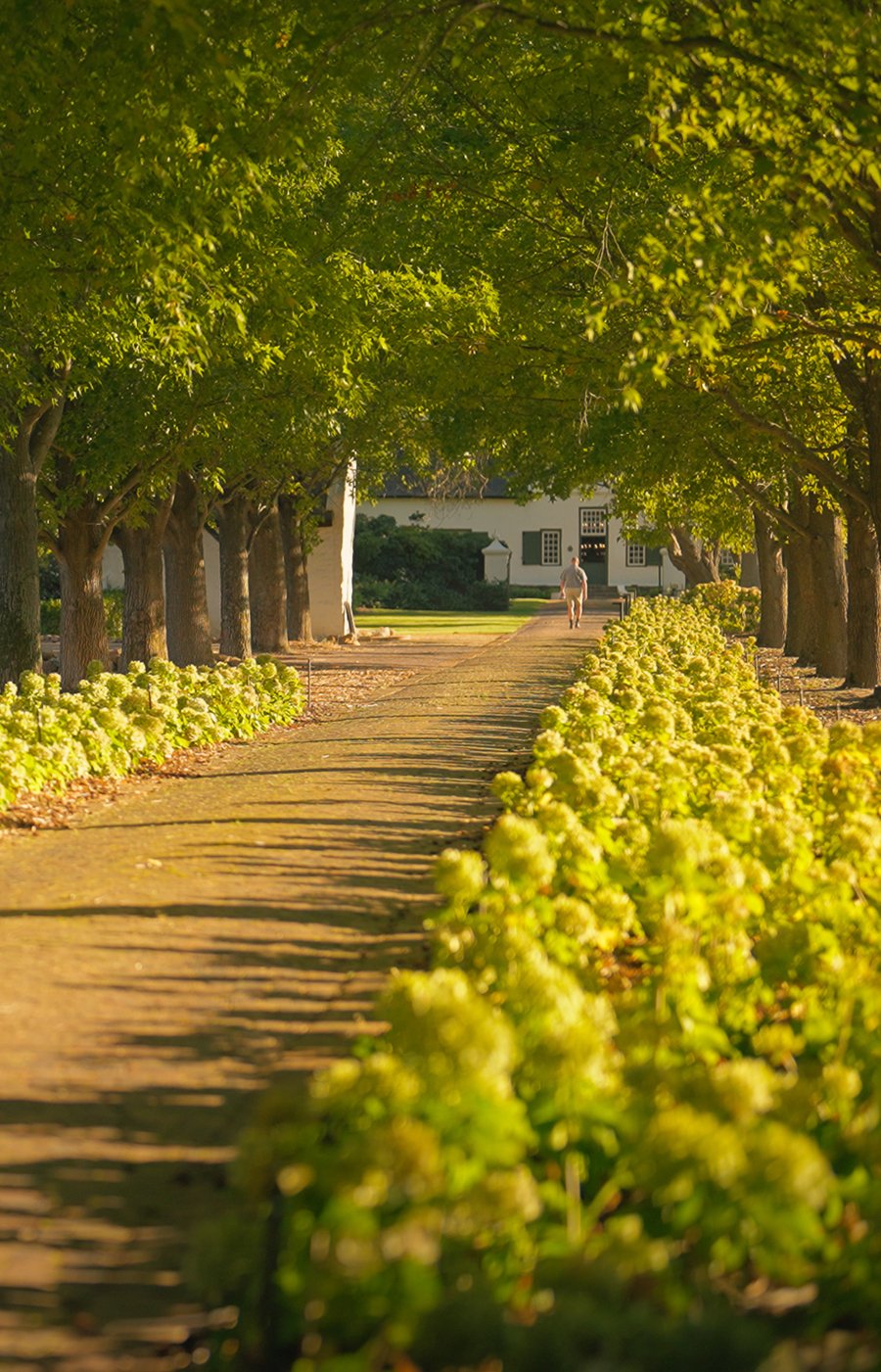A VISIT TO THE RUNGIS MARKET
On the southern outskirts of Paris – in an area whose name has become synonymous with the largest, most extensive operation of its kind in the world – lies Rungis Marché International, or Rungis Market.
En route to the suburb of Rungis (travelling towards Orly International Airport), the quaint side streets and Boulevards of glamourous, Hausmann-era apartment blocks give way to modern motorways, overhanging bridges, warehouses and big box retail chains. The romance of Paris begins to fade, inviting a more sober view of the real inner workings of the Paris of today – almost like a peek behind the curtain. Few experiences are quite as sobering (and overwhelming) as a visit to the Rungis Market.

As with most things Parisian, the Rungis Market is not a recent development – not remotely. Its origins can be traced to the 5th century CE, when the Palu Market was set up on the Île de la Cité as the city’s premier centre for food trade. Since then, the market has continued to grow, relocating several times over the centuries, until it found a more permanent home in the Les Halles area in the early 1800s.
To many Parisians, this era is seen as a golden age for the Les Halles district in the city’s 1st arrondisement. Lasting almost 150 years, the market’s location at Les Halles bestowed on the area a unique identity and undisputed reputation as the “Belly of Paris”. During its reign, the iconic culinary supply store, E. Dehillerin (founded in 1820), and the famous Au Pied de Cochon (the beloved eatery founded in 1947 and specialising in every part of the pig from head to toe), were born, and both still function as prominent beacons on the Parisian culinary scene.
In 1959, it was decided that the market would move to Rungis, a migration that would only happen a decade later, but which sealed Les Halles’ fate. Initially, only the slaughterhouses remained, but they eventually followed, relocating to Rungis in 1973.
Arriving at Rungis can be a disconcerting experience. For one thing, most of the market’s chief operations occur under cover of darkness, as most employees work through the night to manage the logistics of getting every product – ranging from seafood, meat and dairy to fruits and vegetables, garden produce and luxury foods out on the road before sunrise so that they may reach their prospective restaurants, supermarkets and local, neighbourhood markets on time.
But the scope of Rungis Market is perhaps the most overwhelming of all, as its surface area alone resembles a small town far more than a mere market. Imagine 234 hectares of warehouse upon warehouse (28 in total) the size of a giant Makro, each dedicated to only one type of ingredient or purchased goods. One warehouse, for instance, only harbours tripe (offal) products; another, only prime meat. Then, there is a warehouse for fruit (imported and locally grown), another for vegetables, seafood from all the coasts of France, and even an entire warehouse filled with nothing but flowers.
To put the gravity of Rungis into perspective, 26,000 vehicles pass through Rungis’ gates every day, the market plays host to 1200 companies, all situated within its halls, supplies 18 million consumers with the food they eat, and boasts a staggering 9 billion Euros turnover each year, every cent of which is monitored by the French government.
Taking a tour of the market, one gets a window into the lifestyles of the people behind the process, who give new meaning to the phrase, “honest toil”. Most of them arrive at 11 pm and clock out at 6 in the morning. Catching them on a break, one might wander into a Belle Époque-style café hidden between warehouses 8 and 9, or at an American-style diner across the way. To the people who work here, Rungis Market becomes almost like a working at a compound in the Arctic – or on the moon. Under such unusual circumstances, great care has been taken to simulate a “real world” scenario, complete with eateries, banks and filling stations. But at no point does one get the sense that the people of Rungis lament their lot – it rather feels like a vocation, as most of the locals are brimming with pride in what they do and a generous dollop of good humour.
As we become more aware of where our food comes from, places like Rungis Market become all important in the conversation. What is perhaps most encouraging of all is that, with nothing to hide, the market is entirely open to visitors. For any gastronome (or foodie, to the rest of us), Rungis Market is not only a top bucket-list destination in the world’s foremost culinary city, but a rare and important reminder of the processes involved in getting the food we eat from farm and fork.














